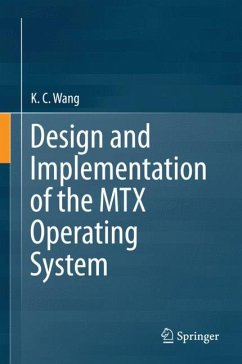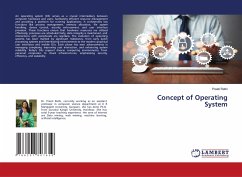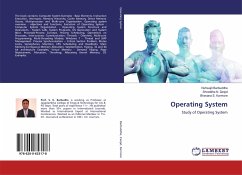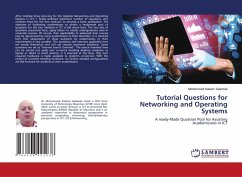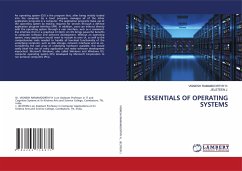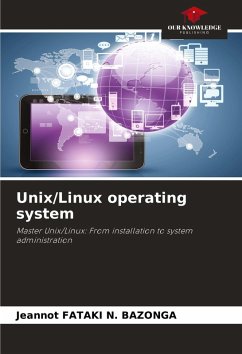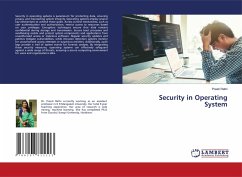
Security in Operating System
Versandkostenfrei!
Versandfertig in 6-10 Tagen
29,99 €
inkl. MwSt.

PAYBACK Punkte
15 °P sammeln!
Security in operating systems is paramount for protecting data, ensuring privacy, and maintaining system integrity. Operating systems employ several key mechanisms to achieve these goals. Access control mechanisms, such as user authentication and authorization, restrict access to resources based on user privileges. Encryption techniques ensure that data remains confidential during storage and transmission. Secure boot processes and sandboxing isolate and protect system components and applications from unauthorized access or malicious software. Regular security updates and patches mitigate vuln...
Security in operating systems is paramount for protecting data, ensuring privacy, and maintaining system integrity. Operating systems employ several key mechanisms to achieve these goals. Access control mechanisms, such as user authentication and authorization, restrict access to resources based on user privileges. Encryption techniques ensure that data remains confidential during storage and transmission. Secure boot processes and sandboxing isolate and protect system components and applications from unauthorized access or malicious software. Regular security updates and patches mitigate vulnerabilities, while intrusion detection systems monitor for unauthorized access attempts or suspicious activities. Additionally, audit logs provide a trail of system events for forensic analysis. By integrating these security measures, operating systems can effectively safeguard against a wide range of threats, ensuring a secure computing environment for users and organizations alike.






